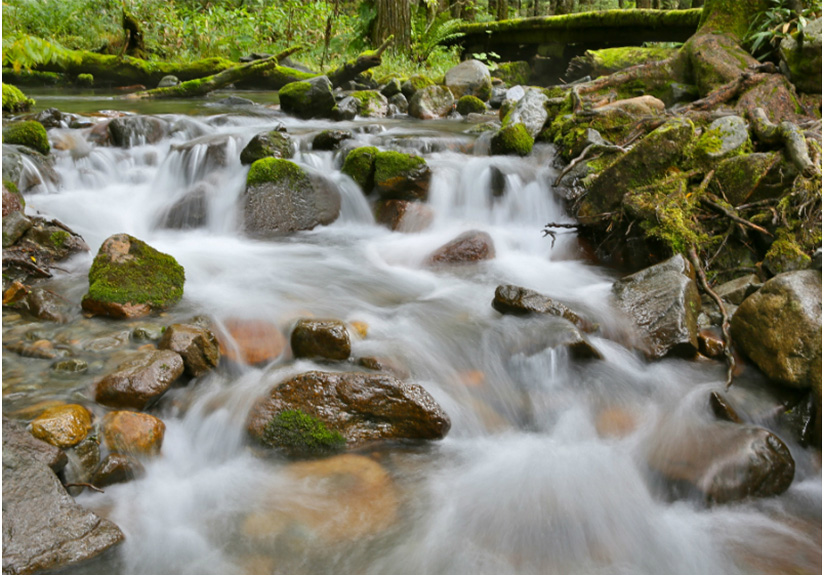Beginner’s Guide on Shooting with Manual Mode
To many photography beginners, Manual mode (M Mode) seems to be a more advanced shooting mode than Shutter-Priority (Tv Mode) or Aperture-Priority (Av Mode) modes. But this is just a common misperception. In fact, we should know when to use the different shooting modes according to our needs or the environment. M Mode is more difficult to control by nature, as it requires the user to determine all of the camera’s settings. This provides greater freedom in shooting, but at the same time requires thorough understanding of different camera’s settings such as aperture, shutter speed and ISO. The following tips on shooting with M Mode maybe useful for photography novices.
When Should M Mode Be Used
Flash Photography
When shooting with flash, we have to deal with the light on the subject and the ambient light separately. The flash is used to illuminate the subject, while the camera’s settings on aperture, shutter and ISO determine how bright the background is. To avoid incorrect metering affected by the flash light and to ensure total control on exposure (the amount of light on the subject is determined by manual flash output, while the amount of light on the background is determined by manual adjustment on camera’s settings), M Mode is the preferred mode to use.
Environment with Great Lighting Contrast
When taking photos of nightscape, sunrise or sunset, since there is great lighting contrast between the bright sun and the surrounding environment, the photo captured merely based on the camera’s metering may appear over- or under-exposed. For more accurate exposure result, shoot with M Mode and use manual metering to ensure rich details in both the highlight and shadow areas.


It is hard to achieve accurate exposure merely based on the camera’s metering in high-contrast environment. We can use exposure compensation or M Mode to determine the exposure setting at our own discretion.
Insufficient Ambient Light
In environment where the ambient light is insufficient, for example shooting in dim indoors and under starry night, it is hard to achieve the photo result as desired by using only the camera’s Evaluative Metering. For example in fog photography where the white fog takes up most of the frame, the camera will adjust to a lower exposure setting mistakenly as it thinks there is a bright light source, resulting in photo that looks muddy and grey. In this case, we can adjust the exposure compensation according to the proportion of fog in the frame, or simply use M Mode and manual metering for even better result.

Manual Metering Technique - The Sunny 16 Rule
The Sunny 16 Rule is a handy reference on metering for photography novices using M Mode. With the Sunny 16 Rule, if you set the shutter speed to 1/100s and ISO sensitivity to ISO 100 (or other commonly used shutter speed nearest to 1/100s, such as 1/125s), you can use a f/16 aperture on a bright, sunny day.
The above is the basic principle of use, and this Rule is very flexible when it comes to the actual shooting. For example on the same sunny day, if we want to use a shutter speed of 1/200s instead of 1/100s, since there is a one-stop increase in shutter speed, all we have to do is to increase the aperture by one stop to f/11 (originally using f/16) or increase the ISO setting to ISO 200 (originally using ISO 100).
You can also take reference of the below figures when shooting in different environments. Assuming a shutter speed of 1/100s and ISO 100 are used:
The above is the basic principle of use, and this Rule is very flexible when it comes to the actual shooting. For example on the same sunny day, if we want to use a shutter speed of 1/200s instead of 1/100s, since there is a one-stop increase in shutter speed, all we have to do is to increase the aperture by one stop to f/11 (originally using f/16) or increase the ISO setting to ISO 200 (originally using ISO 100).
You can also take reference of the below figures when shooting in different environments. Assuming a shutter speed of 1/100s and ISO 100 are used:
- Clear Day without Shining Sun: f/11
- Cloudy: f/8
- Normal Indoor Environment: f/2

According to the Sunny 16 Rule, we can use a f/2 aperture when shooting in dimly lit indoor environment
The Sunny 16 Rule may not be perfect, but it provides a handy reference on metering and is one of the most practical metering skills to learn. Just practice more and you can easily adjust the Rule to apply on different environment.




